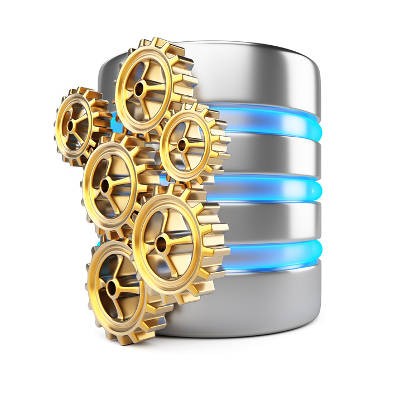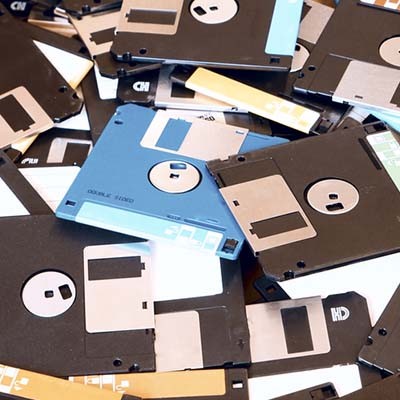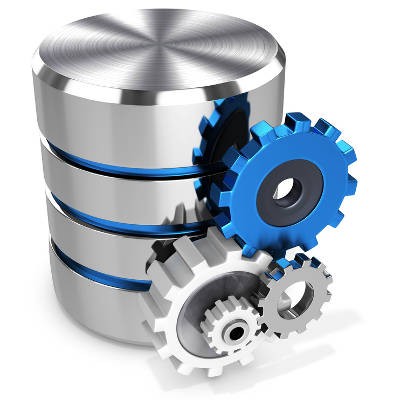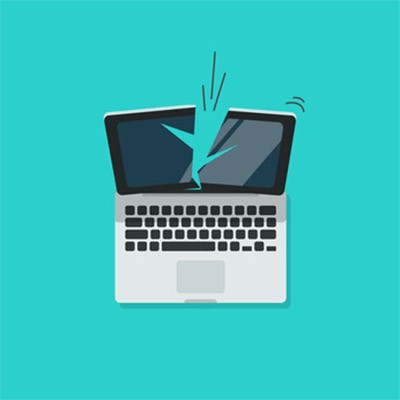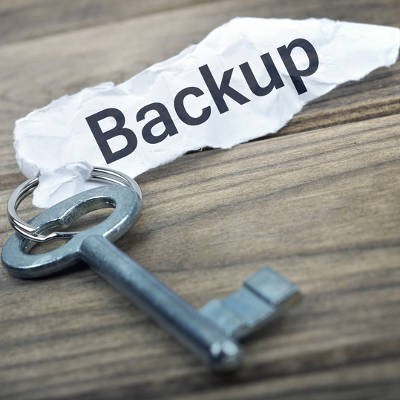These days, it’s unheard of to run a business without some form of data backup and disaster recovery in place, no matter how basic or crude. In a worst-case scenario, you could lose so much more than just your business’ data. All of the future ramifications of such an event compound and can snowball into a situation that makes it borderline impossible for your organization to recover. Therefore, the best way to approach this situation is to make sure that it doesn’t happen in the first place.
For a long time, the most prominent data backup solution took advantage of magnetic tape to store data. The cassette would then be stored either off-site or on site to be used in the event of a disaster. These tape backups are also subject to user error, so unfortunately, they cannot be as reliable as a solution that is automated. As such, tape backup pales in comparison to the gold standard of data backup and disaster recovery, BDR, which takes advantage of the cloud.
When it comes to tape backup, the lack of automation really hurts its chances of being a viable solution. An employee would have to set a tape backup so that it could be successful, and without doing so, no backup is taken. Since there is no room for user error, tape backup is naturally an inferior option compared to the automated systems you get from a network-attached BDR. If someone fails to set the tape backup, an entire day’s worth of data could be put in jeopardy.
Tape backup is also far from the ideal solution because it is limited in its ability to really help your business. Since tape backup is too resource-intensive to happen more than once a day, it has to be done after-hours when there is less strain on the network. This means that more data could potentially be lost. Furthermore, physical tape backups can be destroyed by fires and floods or corrupted by hacking attacks. They can be destroyed just as easily as the rest of your organization, and as such, must be stored off-site for maximum recovery potential.
Just about all of the issues that you might have with tape backup are resolved by working with a BDR solution. BDR technology allows your organization to keep downtime and data loss to a minimum. BDR can take backups as often as every fifteen minutes, making it the ideal solution to an organization that can’t risk losing anything (hint: that’s yours). Since data is stored off-site in a safe location, you don’t need to worry about external sources messing with your odds of survival.
To get started with BDR, reach out to us at 02 98730080.

